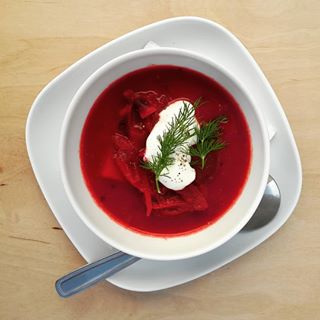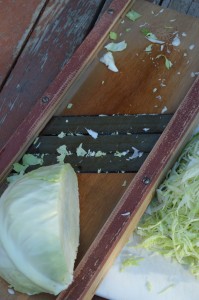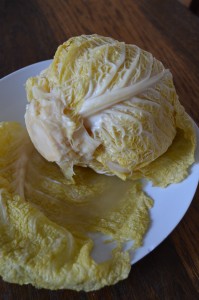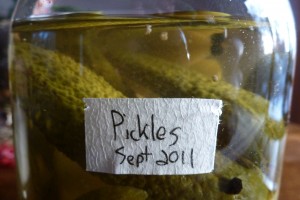
Borscht: all of the vegetables, but mostly beets, crammed into possibly the most vibrant soup in western cooking. In central Alberta borscht is second only to perogy’s as the culinary torch of Ukrainian heritage.
I distinctly remember the first time I saw borscht. It was many, many years, when I was a young boy, in Ontario. A family friend made it and I can’t describe how strange it was to me. The only purple food I’d ever seen before that was grape bubblegum, which isn’t even food. It now seems not just acceptable but strikingly beautiful and such a special ode to the root cellar.
I think your borscht should be tailored to the exact veggies you have on … Continue reading.




